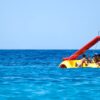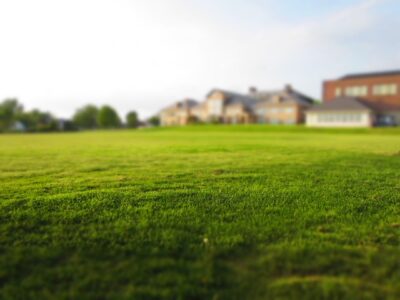Weatherboard cladding can be an incredible way to make your building’s exterior stand out. In addition to aesthetic appeal, the cladding can also offer other benefits such as UV, weather and fire resistance. However, in order to fully enjoy the benefits of your weatherboard cladding, you need to ensure that it is well-maintained.
Weatherboard cladding can last for several decades if given the proper maintenance. And below we shall take a look at some of the most common weatherboard cladding maintenance issues and what their solutions are.
Rot Damage
This is a very common issue for timber weatherboards. Rotten weatherboards usually occur as a result of the timber being treated incorrectly. And most of the time, the rotten weatherboards will need to be removed and replaced.
Thankfully, rotten timber weatherboards are something that can be easily prevented with proper treatment and finishing. You can treat your timber cladding by making use of a protective coating. The protective coating product you choose should be one that is both UV and water-resistant and will allow the wood to breathe. As for finishing, this involves painting, staining and sealing the surface of the timber weatherboards. Redwood, cedar, cypress and other species of wood that have a natural resistance to rot still require these treatments to prevent damage from moisture and other elements.
Damages to Paintwork
One of the best things about weatherboard cladding is that it can be painted to match the overall aesthetic scheme of your home. However, these paintworks come with their own maintenance requirements. For example, a house with timber weatherboard cladding needs to be repainted every 5-10 depending on the type and quality of the paint used. This is because overtime exposure to the elements can cause the paintwork of your weatherboard cladding to fade, crack or peel.
Blisters and bubbles may also form on the paintwork of your cladding due to loss of adhesion between the paint and the cladding’s surface. This is typically caused by moisture and heat.
Thankfully, issues with paintwork can be easily fixed with repainting. The existing paint will need to be removed and the surface primed and repainted. It recommends that you let a professional handle your cladding repainting as they have the right knowledge. And equipment to ensure that your new paintwork lasts a very long time without a reoccurrence of any of the issues you were trying to solve.
Opening Joints, Splitting or Cupping
Weatherboard joints can sometimes open due to movement (expansion and contraction) or deteriorated paint finish, particularly at mitred corners. Also, if the timber weatherboard joints were not properly primed when they were first painted, they can absorb moisture and lead to open joints. Splitting or cupping can also occur as a result of double-nailing and improper priming.
The solution to opening joints is to remove the weatherboard’s existing paint. And prime it again before covering the joints with metal soakers. For splitting and cupping, you will need to replace the damaged timber and nails with new boards and a single line of nails. It recommends that you hire a professional to carry this out.
Discolouration and Stains
A common cause of discolouration on weatherboard cladding is dirt and grime buildup. Thankfully you can easily get rid of this issue with routine cleaning. The frequency and method of the cleaning will, however, depend on the type of cladding materials used. For example, with timber weatherboard cladding, annual cleaning with warm soapy water and a soft-bristled brush would suffice.
Rust stains can also be an issue, and they usually present as vertical streaks and dark black splotches. Rust stains occur when moisture comes in contact and reacts (oxidizes) with a metal fastener, such as a screw or nail that wasn’t galvanized. To remove rust stains, start by replacing problem nails with galvanized or stainless steel ones.
Remove the stain by dissolving about 120ml oxalic acid in 1 cup of warm water (you can find oxalic acid at home improvement centres or hardware stores). Carefully apply the mixture to the stain and scrub gently with a soft brush, then rinse thoroughly with water. Be sure to wear acid-proof gloves and eye protection when doing this.
Conclusion
Weatherboard cladding requires proper maintenance in order to continue functioning and looking its best. There are, however, some maintenance issues that may arise and above are solutions to some of the most common ones.
Related Post:







